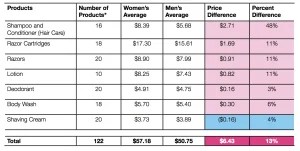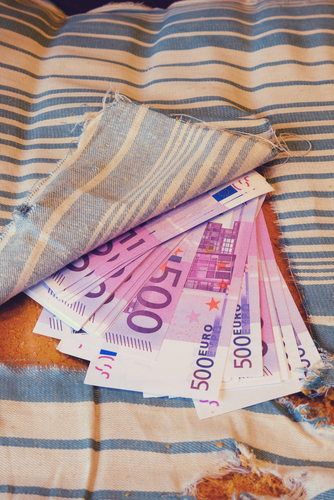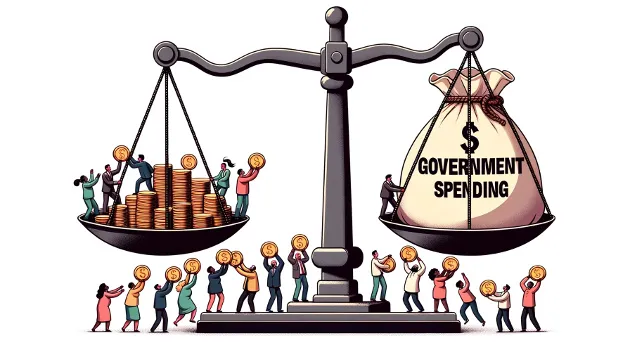Numerous studies have shown that women are often paid less than men, but the pink tax receives less attention. Products marketed to women are often 42% more than products marketed to men. In 2019, that additional tax cost women an extra $1,300 per year. The New York City Department of Consumer Affairs studied 800 various products that were similar in nature but marketed to a respective gender.
(Chart provided by Listen Money Matters)
The study found that women pay 13% more on personal care products, 8% more on senior health products, 8% more on adult clothing, 7% more on toys and accessories, and 4% more on children’s clothes. Another study found that women pay nearly double for dry cleaning costs. A Northwestern study found that women were quoted $406 for a routine vehicle maintenance job, whereas men received a quote of around $383.
In addition to the pink tax, there is the tampon tax, whereby the government deemed tampons a luxury item that should be taxed accordingly. I do not know of any women who consider their monthly cycle a “luxury.” A number of US states have passed laws to prohibit gender discrimination and reversed the tampon tax, and nations such as Canada, India, Australia, and Malaysia have eliminated the fee. Still, products marketed toward women remain elevated. Until recently, insurance companies were not required to cover birth control but insured Viagra for men. While the pink tax is not an actual tax, gender-based discrepancies in price prevail. See for yourself the next time you enter a drugstore.











